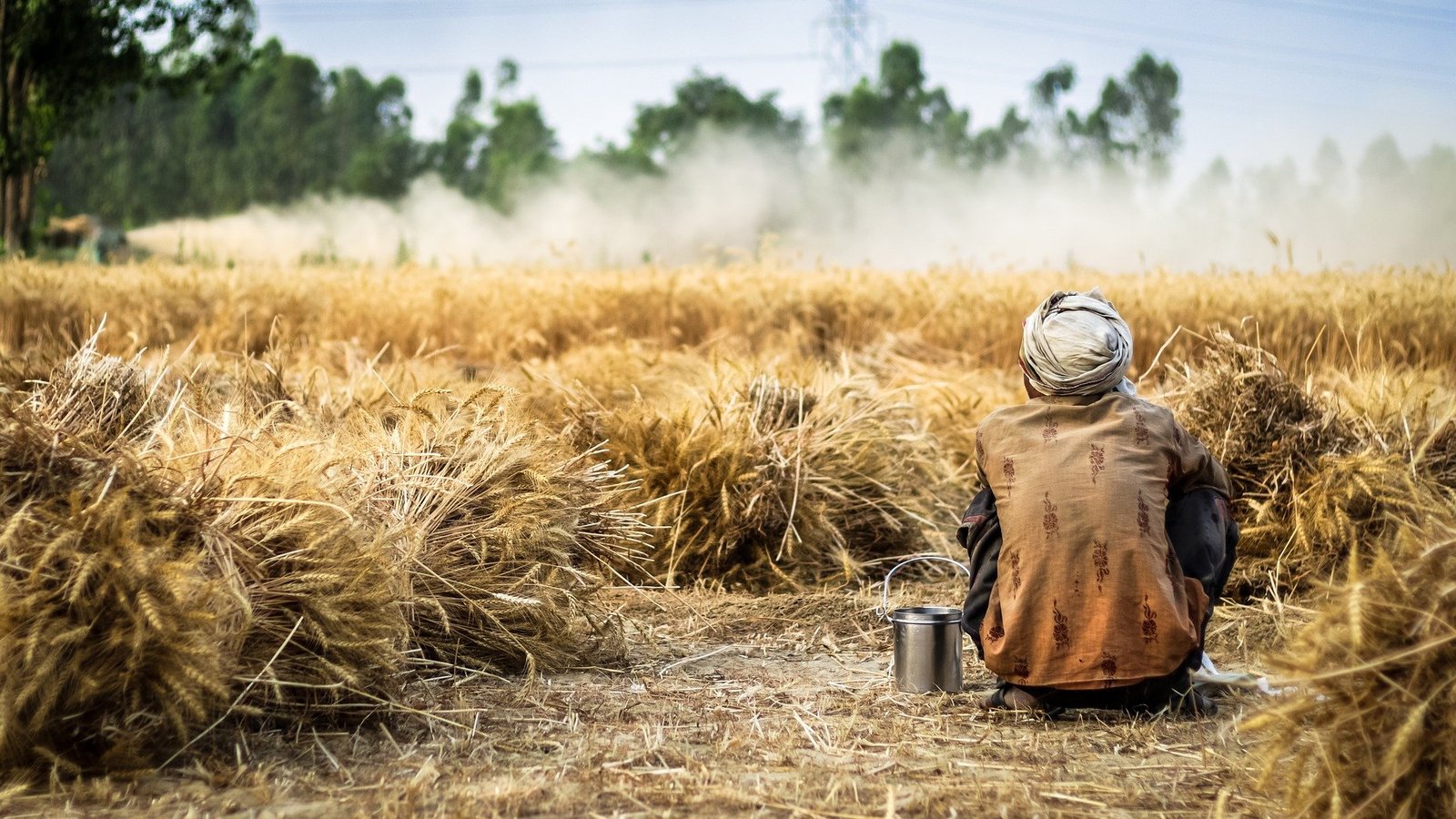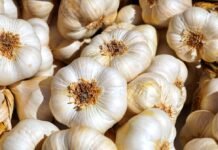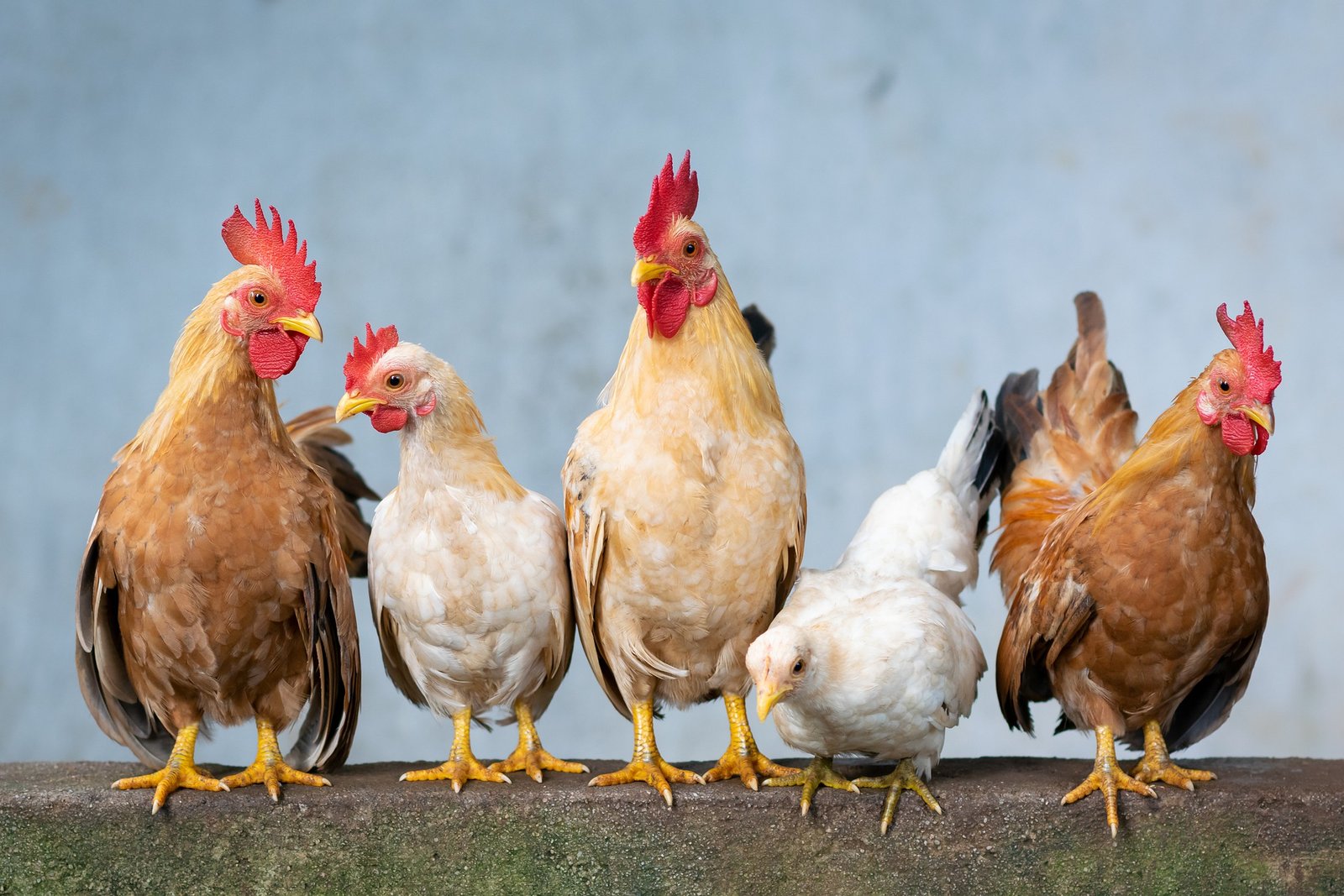Wheat cultivation
Introduction: – Wheat is cultivated on 23% of the total land in all parts of the world. The major nations growing wheat in the largest area are China, India, United States, and Russian Federation. India is the second-largest producer of wheat after China. Like paddy, wheat is also an important food crop of India.
Punjab, Haryana, Uttar Pradesh are the main wheat producing states in India. Globally, wheat is the second most grown crop after maize, which is used to make bread, cookies, pasta, cakes, oatmeal, bread, bread, juices, noodles, etc., from the obtained flour. is. Wheat and its straw are also used as animal feed or as a material for making roof/thatch. Wheat also has Ayurvedic properties.

Advantages: – Many types of foods can be avoided by making several types of wheat foods. For example, taking fine powder of wheat after mixing with milk, honey, and ghee benefits in many types of cough.
Grinding wheat bran and applying it provides relief in chest pain. Cook the powder of wheat and bark of Arjun in jaggery, ghee, and oil and eat it, it is beneficial in heart diseases. Taking old wheat powder with honey benefits stomach problems.
Diets improved by diets made from wheat and decoction of wheat and gram, small stones of kidney and bladder are removed. Wheat has many more benefits.
Suitable climate: – Wheat is a cool and dry climate crop which is 20 ° – 22 ° C at the time of sowing, optimum temperature 25 ° C at the time of growing, 14 ° – 15 ° C at the time of ripening, and 60 – 100 cm. Places with annual rainfall are good.
Due to the high temperature, the crop ripens quickly but the yield decreases, and frost causes damage to the crop. The germination power of the seed is destroyed when it grows at the time of planting and its growth stops. 50% – 60% humidity in the atmosphere has been found suitable for plant growth.
Hot summers and cold winters are considered suitable for a good wheat crop. A warm and humid climate is not good for wheat, because, in such places, many diseases occur in the crop.
Selection of land for wheat cultivation.
Selection of land: – Wheat can be cultivated in any arable field, but it is good to grow crops from loam to heavy loam and alluvial soil. If there is drainage in the field, then it can be cultivated well in black soil and also in Mattiar loam. The pH of the field is 5 – 7.5 is good for the crop as more alkaline or acidic soil is unsuitable for wheat.
Preparation of the field: For the preparation of the field of wheat, firstly plow the field so that there is moisture in the field, weeds are free, the soil becomes brittle so that the sowing can be done at the proper depth and equal distance.
After harvesting the Kharif crop, the field should be plowed first with a soil-plow plow, then 2-3 times with a native plow, bakhar, or cultivator. After every plowing, the field has to be leveled by digging.
Sowing time: – Wheat is a rabi crop which is generally sown till winter ie October – December and harvested till February – May. Wheat varieties that have a lifespan of 135 – 140 days should be sown in the first fortnight of November and those with a life span of 120 – 125 days by November 15 – 30.
When the wheat is sown early, the earrings are removed first, which reduces production, while sowing at the temperature leads to late germination. Dwarf varieties of wheat are sown around 15 November while long varieties of wheat are sown in the latter part of October, which makes the crop good.
In the unirrigated stage, the time for sowing wheat is in the middle of October after the rainy season ends, and in the semi-irrigated stage where water is available for only 2-3 irrigation, sowing time from October 25 to November 15 is considered suitable.
sown should not be late after 30 November. The late sown cultivar should be sown by the first week of December so that it does not have to withstand dry and hot air before ripening, otherwise, its grains will shrink and yield will be reduced.
Seedling and Depth: – The seeds selected for cultivation should be clean, healthy, and free from any of the selected varieties.
100-120 kg per hectare for sown wheat, 70-90 kg per hectare for indigenous wheat, 100 kg per hectare for unirrigated wheat, 100 – 125 kg per hectare of timely sown wheat, and 125 irrigated late wheat – Bottles are at the rate of 150 kg per hectare. When the soil is less fertile or there is a possibility of weeding in the field, seeds are added in large quantity, and soaking the seeds in water overnight is beneficial.
Generally, the distance between the rows is about 20-23. M Should be kept. 15–18 between rows for late irrigated wheat sowing. M The distance is considerable. The wheat is sown in the East-West and North-South direction by halving the total seed and manure quantity in half-sowing of the East-West and North-South cross.
Seed depth: – In dwarf wheat, the length of the primordium is 4 – 5 cm. This is why they should be sown in a depth of 3-5 cm or else if they are sown deep then germination is very low. In the country (length), the length of the primordium is 7 cm. This is why they are 5-7 cm long. Should be sown in depth.
Sowing methods, and fertilizers.
Methods of sowing: – Generally, wheat is sown by 4 methods (by sprinkling, sowing in the back of the plow, or by seed drill and dbiling). The method of sowing varies from place to place.
Manure and Fertilizer: – The amount of fertilizer and fertilizer in wheat farming depends on the variety of wheat, method of sowing, the facility of irrigation, etc. Green, organic and chemical fertilizers can be used in its cultivation.
For good yield, mix at least 35-40 quintals of well rotten cow dung, 50 kg neem cake and 50 kg castor cake, etc. well before sowing in the field and then disperse the field and sow Do it
At the time of sowing wheat, dwarf varieties should give 125 kg nitrogen per hectare, 50 kg sulfur, and 40 kg potash and fertilizer in native varieties in the ratio of 60:30:30 kg. In native varieties of unirrigated wheat, 40 kg nitrogen per hectare, 30 kg sulfur, and 20 kg potash should be given under the plow at the time of sowing. Dwarf varieties have been found beneficial during sowing.
Irrigation: – The number of irrigations and the amount of water depends on the sown variety, soil type, the temperature of the atmosphere. Dwarf varieties of wheat total 30–35 hectare cm Water requirement and indigenous varieties total 15-20 hectare cm Water is required. Irrigation beds should be made of wheat.
First irrigation should be done at the peak root propagation stage (20 to 25 days after sowing wheat) and about 30-35 days after sowing wheat in longer varieties.
Second irrigation tillering time (about 40-50 days after sowing).
Third irrigation Sushant stage (sowing is around 60-70 days), Fourth irrigation at flowering time (80-90 days after sowing), Fifth irrigation milk production And it should be done at the time of relaxation (100-120 days after sowing).
If there are only 2 irrigation facilities, then the first irrigation should be done 20-25 days after sowing. Indigenous varieties of wheat are irrigated 20-25 days after the first irrigation sowing, 60-65 days after the second irrigation sowing, and 90-95 days after the third irrigation.
Weed control: – 30-40 days from sowing in the wheat field is more critical for weed competition, which can lead to loss of wheat yield by 10-40 percent.
To protect against broad-leaf weeds such as deer, greens, wildebeest, carrots, etc. within 25-30 days per hectare, 2,4-D Ethyl Easter 36% (Bladex C, Sprinkle 1.4 kg of Weedan or 0.625 kg of 2,4-D salt 80% (pharynxan, tafisad) in 700-800 liters of water.
• 800-1000g per hectare after 2-3 days of sowing to protect it from narrow leaf weeds like wild oats and wheat. Pendimethalin 30 EC (stamp) or 1.5 kg isoproturon 50 wp Spray in 700-800 liters of water.
• 800g per hectare for mixed weed problem. Spray by mixing isoproturon and 0.4 kg 2,4-D. 30-35 days after sowing, spray 1.5 kg of metaxuran per hectare in 700 to 800 liters of water in the standing crop.
Harvesting – When the wheat becomes hard after ripening and it gets 20-25% moisture content, the crop should be harvested with laughter. After harvesting the bony variety of wheat, it should be cut immediately, otherwise, the grains fall off and the birds eat them, causing crop damage. After harvesting, dry the crop in the barn for 2-3 days.
Yield and storage: – In the irrigated stage, the wheat yield of irrigated varieties is about 50-60 quintals and 80-90 quintals of straw per hectare in the irrigated stage. In the unirrigated stage, the native varieties yield 15-20 quintals per hectare.
















[…] Wheat cultivation, land selection, and commercial importance […]